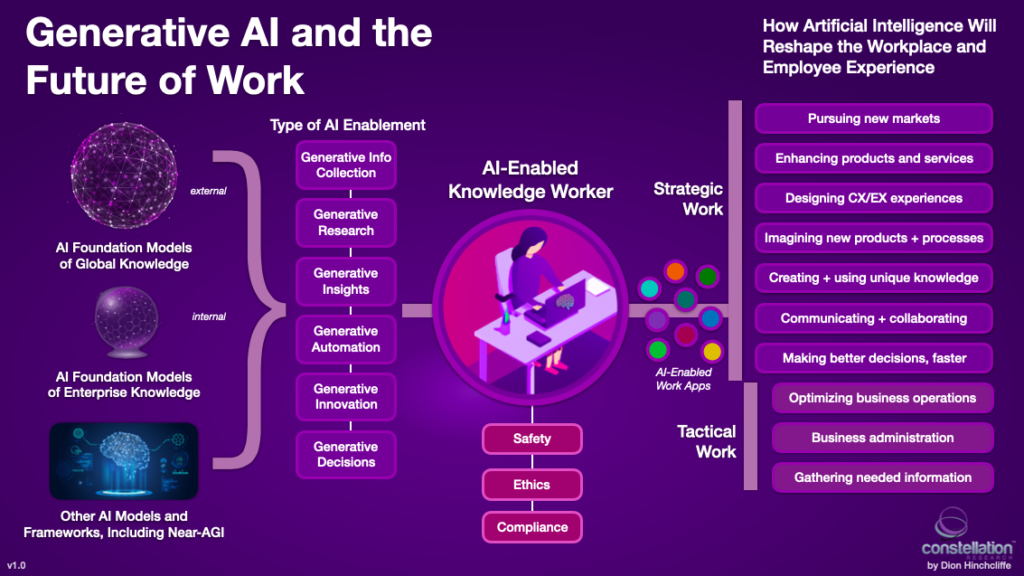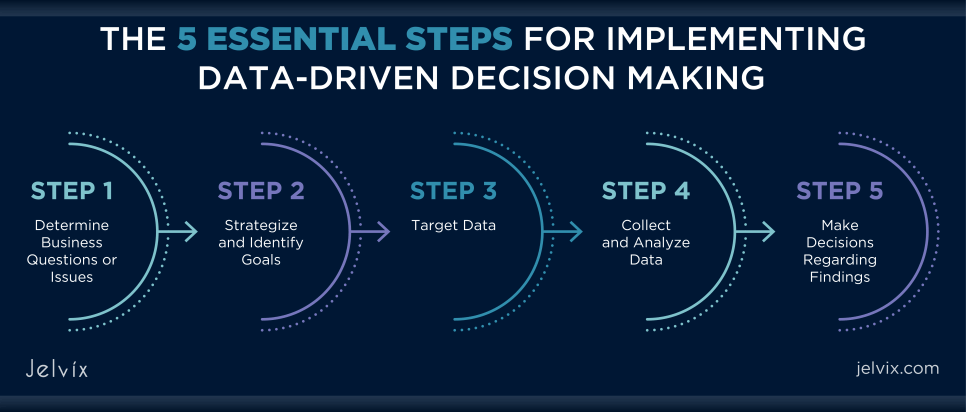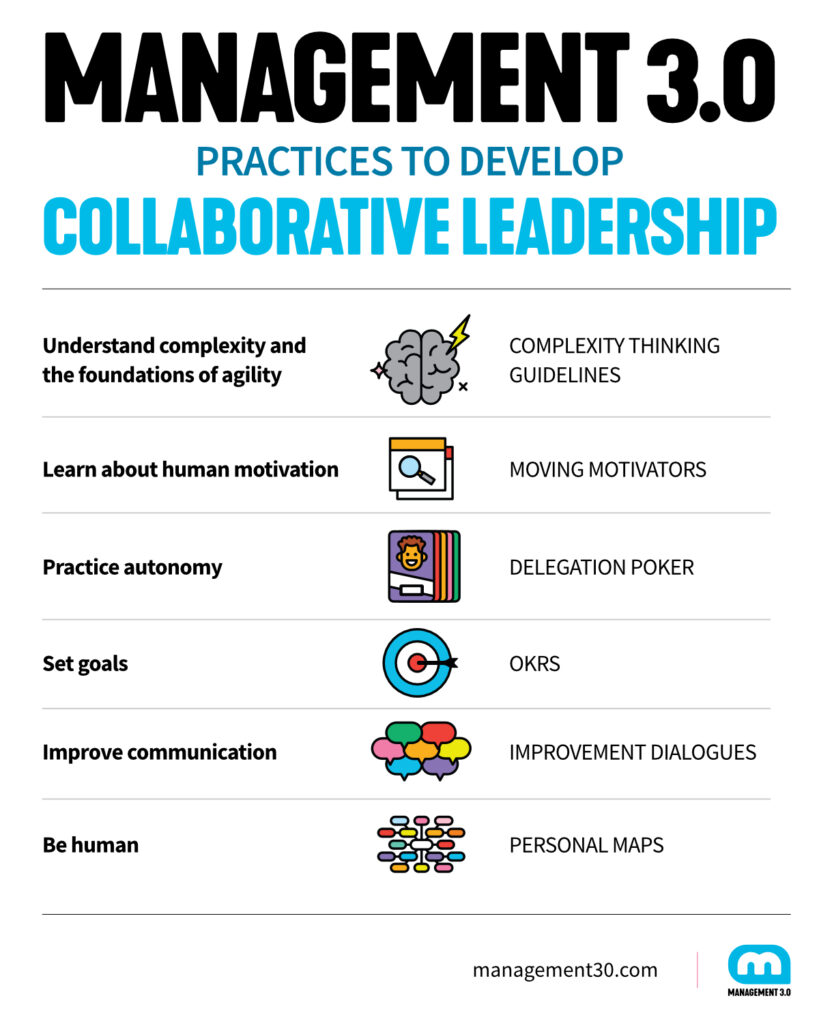Imagine a workday like this:
You start the day by clocking in with a virtual HR assistant. This tool has already organized your workday, factoring in meeting times, probable task lengths, and the number of emails that need a reply before you’ve even arrived at the office. This has saved you some mental load so you can start on actual work right away versus thinking too much about how you are going to work.
Later, during a 1-to-1 meeting with your supervisor, they look at real-time analytics to give feedback on your performance and talk through large projects. You’re both at ease because the note taker assistant keeps track of to-dos and follow-ups for you.
During your break, your smartwatch tracks the steps you take around the building while you get some fresh air. Because you are taking part in the company health challenge, you have synchronized your smartwatch to upload those steps to the company tracker automatically, so now you don’t have to think about it.
At the end of the day, you ask the note taker AI to give you a summary of your meetings and add any action items to your task management tool for tomorrow. You can log off early knowing your tasks will be organized when you come back.
This is not a scene from a sci-fi movie, but a forecast of the near future. This is the type of workspace developers and technological innovators are envisioning and working toward…a professional world seamlessly run by AI-driven assistants and tools.
While many aspects of this proposed future sound great, the real-life ramifications or potential changes to our professional culture are significant and worth careful exploration, especially for those in leadership positions. In this article, we delve into how artificial intelligence and automation are changing leadership roles and styles, and how leaders and managers ought to work in this new environment. With careful navigation, leaders can utilize this technology to their advantage and move their organizations gracefully into the next generation of work.
Leveraging Data for Improved Decision Making
The liaison of automation and leadership necessitates leaders have a strong grasp of data accuracy. Leaders with a proficient understanding of data interpretation and technologies can increase efficiency and productivity while allowing their team members to prioritize time for the execution of more complex, strategic tasks. Artificial intelligence can handle processes that are simple, repetitive, and mundane which in turn allows real human beings with creativity, emotional intelligence, and problem-solving skills to focus on the more critical objectives and goals of the business. Leaders who are AI-fluent will be at the forefront of their industry in this next era of advancement, setting the pace on how to work cleanly, quickly, and systematically. In the big picture, leaders should use analytics and intelligent systems to improve workflows, support decision-making processes, and identify new business opportunities.
In most cases, about 80% of the information needed to make a sound business decision is readily available to a leader looking to determine the right course of action. However, many leaders wait or seek out the remaining 20% of information that would offer more complete clarity. This eats up valuable time and increases the likelihood of missed opportunities. Artificial intelligence holds the potential to speed up gathering and analyzing this information, making it feasible to have more complete knowledge before making a choice.
Leadership Focus Shifts from Operations to Culture and Ethics
As AI takes over routine tasks and helps to speed up decision making, leadership responsibilities will pivot towards nurturing organizational culture, focusing on employees’ wellbeing, and championing ethics. Leadership will transition from solely concentrating on operational results to fostering employee development, improving adaptability, and nurturing skills.
More than ever before the need for leaders to harness emotional intelligence (EQ) has become essential. Human skills in team leadership, motivation, cultural development, and change management are paramount to foster a motivated and engaged workforce.
Transitioning Leadership from Directive to Collaborative
Unsurprisingly, a key finding for many organizations of late has been that automation makes traditional, hierarchical leadership styles less effective. These styles don’t work well in automated environments where distributed teams are connected through integrated technologies. With employees now having access to real-time data and enhanced communication means, top-down decision-making can slow down productivity.
Leaders who adopt AI early will move towards a more collaborative style of leadership, where inputs are gathered across all ranks. They will be key in creating a culture of continuous feedback and empowering team members to be more confident in decision-making within their unique roles. This facilitative approach will foster transparency and trust within the organization while giving each person the visibility to know how their contribution can change or improve the success of the entire organization.
The Demand for Leaders with Strong Change Management Abilities
Technology is changing fast, and so are the ways we do business. With innovations altering workforce capabilities and customer expectations, leaders face the immense challenge of routine business model, process, and operational adaptability. Leaders need to be ready for an environment of ongoing changes and have the right mentoring skills to help their teams adapt to them. They need to be good at using technology, but also good at guiding people through the transition.
Leaders of the future will have both technical and people skills. They will help their teams learn new things, work together, and make decisions. They will also communicate clearly, deal with uncertainty, and focus on the big picture. They will use AI as a tool to improve their leadership, not as a replacement for it.
In Conclusion
We stand at the dawn of a new leadership era. For those who aspire to become leaders, it’s imperative to adapt to these emerging needs and acquire the necessary skills to respond to them. Leaders of the future must view AI not as a threat but as an opportunity to revolutionize leadership styles, stimulate business growth, and create an organization that thrives in the 21st century.
At Leadership Circle, we focus on assisting leaders in becoming their best selves. The Leadership Circle Profile™ is a 360-degree assessment that helps each individual on this path by helping them understand their unique strengths, opportunities, and behaviors. Take the assessment today and get started with your leadership advancement journey.


 I
I




